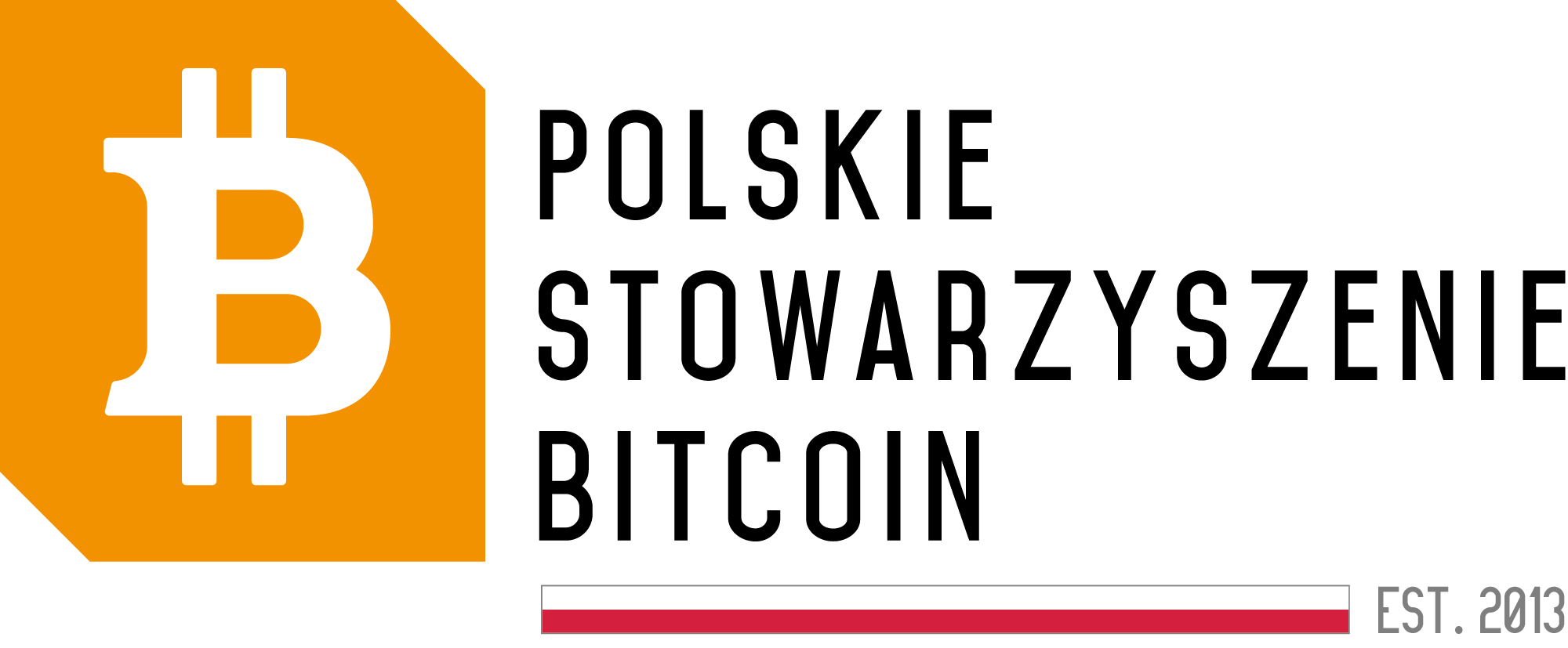blockchain
Blockchain is a decentralized information storage technology that enables the creation of a chain of data blocks, cryptographically secured and linked to each other. Each block contains a set of transactions, and the entire network locks them in a way that prevents data manipulation or falsification. It is the foundation for the functioning of cryptocurrencies such as Bitcoin or Ethereum, but it also has a wide range of applications beyond the financial sector.
How does blockchain work?
Each block contains a unique code (hash) of the previous block and transaction data. When a new block of data is created, it is linked in a chain to previous blocks. Any change in one block results in the need to change in subsequent blocks, making the system very secure and resistant to fraud.
Advantages of blockchain
One of the main advantages of blockchain is security. Due to cryptographic protections, data stored in blockchain is secured against modification. Additionally, the lack of a central control point means that no entity has control over the network, making it resistant to cyber-attacks.
Applications of blockchain
Although blockchain is best known as the technology behind Bitcoin, it also has a wide range of applications beyond cryptocurrencies. It can be used for storing medical data, conducting audits, managing supply chains, or even electronic voting. Its transparency, security, and data immutability make it an attractive solution for many industries.
Summary
Blockchain is a revolutionary technology that is changing the way we store, manage, and share data. Its impact on the financial, technological, and social sectors is significant, and the prospects for the future are promising. Understanding how blockchain works can contribute to better utilizing its potential and introducing innovative solutions in various fields.






